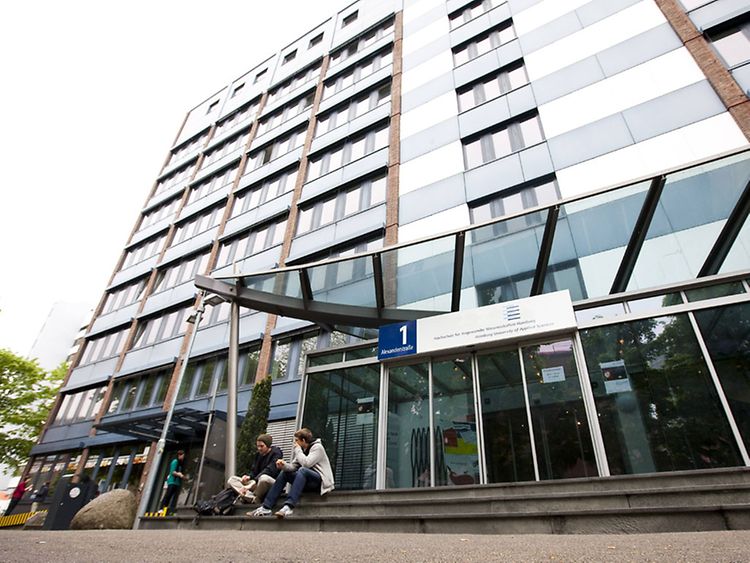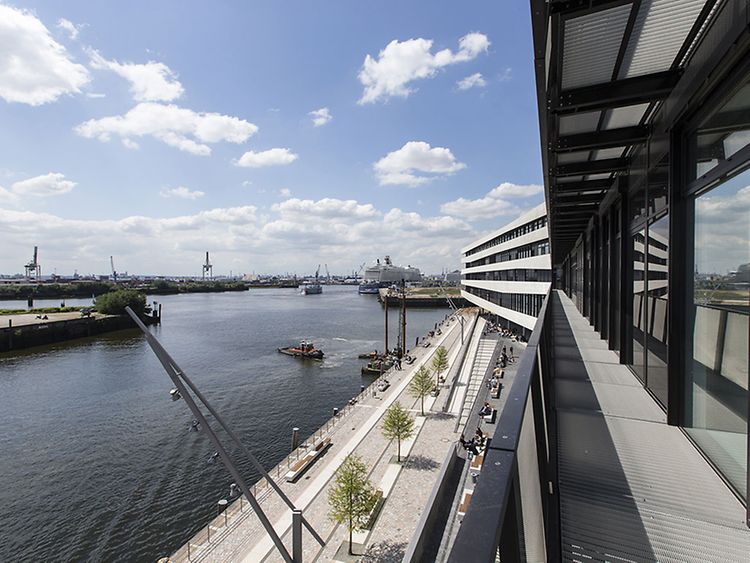Founded in 1919, Universität Hamburg has grown to be the largest institution of higher learning in northern Germany. The university’s main campus ― located in the popular Rotherbaum and Grindel neighbourhood ― is very central and easily accessible to the whole city. Further university buildings and research facilities are spread across the entire city, such as the Loki Schmidt Botanical Gardens (German only) located in both Planten un Blomen Park and the suburb of Klein Flottbek. Universität Hamburg is also home to many museums and libraries throughout the city, most of which are open to the public.
Degree programmes
Universität Hamburg offers a wide variety of degree programmes, ranging from art history and law to physics and chemistry. Several master’s programmes are also taught in English.
Tuition fees and entry
Universität Hamburg does not charge tuition fees for the vast majority of its programmes. In addition, the university offers a number of scholarships and grants to international students, making studying at Universität Hamburg affordable for everyone. While some English- or English- and German-language programmes do not require fluent German, learning the local language may help students manage day-to-day life in Hamburg and get to know the city’s culture. General German language requirements for admission to the University can be found here.
Research
Universität Hamburg prides itself on its research and is one of the leading research centres in northern Germany. Its researchers work closely with many of Hamburg’s renowned research institutions, such as DESY, the German Climate Computing Center and the three Max Planck Institutes. Key research areas of the University are: climate, earth and environment; photon- and nanosciences; manuscript research; neurosciences; infection research and structural biology; particle, astro- and mathematical physics; and health economics. Two are integrated into these key research areas: CliSAP spotlights climate system prediction and analysis, and CUI places an interdisciplinary focus on ultrafast imaging. With such a wide range of research topics, it is no wonder that Universität Hamburg has such a rich selection of notable alumni.
For further information, see the official website.










